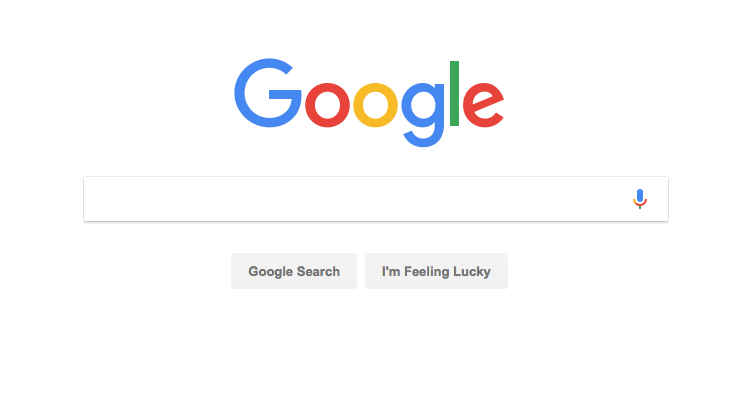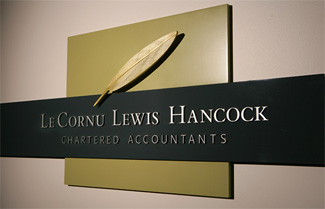
Four awards won at the AGDA's
We enjoyed the lamb at the AGDA national awards held in Canberra recently. With comedian Shaun Micallef hosting the night there was plenty of laughter in The Great Hall at Parliament House.

The Internet is now recognised as a mainstream media type, with research suggesting the average person’s Internet use is surpassing time spent in front of the television. With this in mind, you can make your business’s website more effective with the following 10 tips:
1. Have a plan
Planning is the first vital step in website development. What do you want your website to achieve? What do you want people to be able to do at your website? Ask your team how the web could be used to improve business through better communication, saved time and increased revenue. Look what your competitiors are offering online. The key is to integrate the website into all of your operational and marketing activities.
2. Establish measures of success
Websites allow accurate measurement of visitor usage and interactions. Measure what you have now such as inbound email enquiries, repeat and unique visitors, average time spent on your website, online sales revenue etc. This information gauges the measures for improvement, i.e. doubling repeat visitor traffic.
3. Attract multiple audiences
The interactive nature of the web provides opportunities to deliver content, functionality and an experience that is relevant for existing and potential consumers, the media, trade and employees from the one portal. Provide website features to all your business’ stakeholders.
4. Communicate your Brand
The Internet is a visual medium. Use the logo, colours, and imagery owned by your brand effectively. Consistency is the key. Even the language of a website can reflect your brand. Label your website sections so they align with your brand. Your brand should be embedded in the site, leaving no doubt in the visitor’s mind as to where they are.
5. Deliver valuable content and keep it fresh
Website content should be fresh and interesting - overly complex communications sends a negative message. New information should be added often. Avoid paying an external person to update your website by making an investment in a Content Management System. Depending on how frequently you update your site, the return on investment could be between one and three years.
6. Make your website easy to use
You should be able to access all areas from the front page of your website, make everything one click away. Name sections in a logical order - this requires some thought and a bit of trial and error. Add content to sections based on what would be logical for visitors. Navigational elements should be consistent on all pages of the site.
7. Allow e-commerce sales
Your website is an excellent sales opportunity - are you taking advantage of it? A successful e-commerce website can generate an extra 5% to 10% of revenue to your business. Allow for different ordering and payment options with downloadable PDF order forms or phone orders for customers who are unwilling to use credit cards online.
8. Build a customer list - and use it
A key function of your website is to attract visitors and encourage them to register to receive information from you. Offer something appealing like ‘join the mailing list to receive special discounts, latest news, competitions, and invitations to special events’. Capture email addresses physically with a form on your reception desk and articulate the benefits of joining. Manage the customer database by segmenting it into different groups to get the right information to the correct people. Deliver the goods and offer real value, not junk mail, while reminding people you exist at least every quarter.
9. Constantly promote your website
You should unashamedly put your web address on every piece of communication collateral including business cards, letterheads, fax sheets, brochures, posters, point of sale items, press ads, your building, clothing, signage and company vehicles. Ask your team to talk up the website.
10. Plan for the long term
To be a useful business tool, your website should be a work in progress. Amortize costs over a three to five year period and check the progress of the website against your measurable objectives to gauge value and return on investment. As you meet your goals and objectives, revisit your plan and raise the bar. Make the website someone’s responsibility. Ensure this person is provided with appropriate time, resources and budget to manage it effectively. An effective website is created through consistent effort, not ad-hoc activity.
The hard work will be worth it as you see an improvement in your brand perception, an increase in sales and positive feedback from customers outlining how easy it is to do business with you.

We enjoyed the lamb at the AGDA national awards held in Canberra recently. With comedian Shaun Micallef hosting the night there was plenty of laughter in The Great Hall at Parliament House.

One of the founding partners from Le Cornu Lewis Hancock approached us to update their brand identity. Needing to convince other partners of the branding issues, we met with them to pitch for the work. They came on board and wanted to refresh their existing identity.